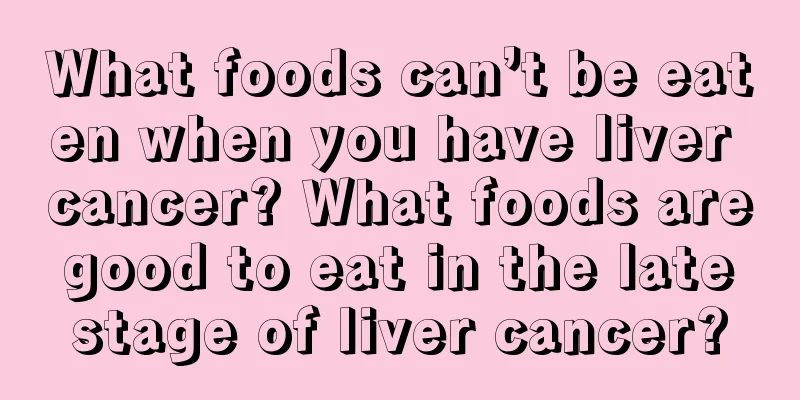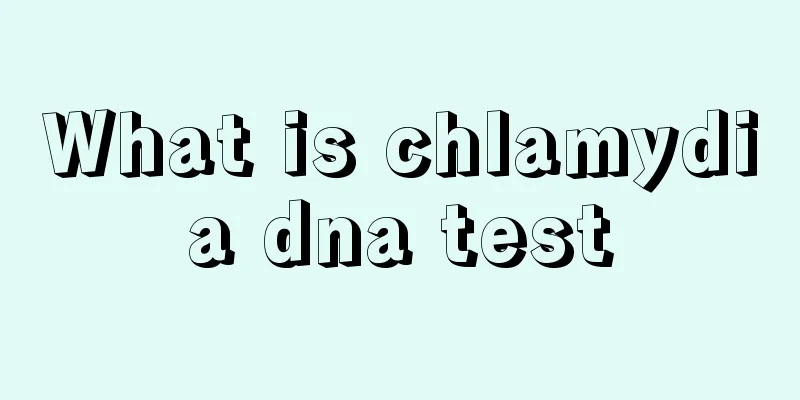What to do about sweet syndrome

|
Sweet syndrome is a disease that is very difficult to treat. This is mainly because there is no method that can cure it in a short period of time. Targeted treatments are carried out based on the symptoms that the patient may experience. However, these treatments can only relieve symptoms and cannot achieve the purpose of treatment. Therefore, patients must adhere to long-term immunotherapy. This treatment method will have a certain effect as long as it is persisted, and can allow patients to completely achieve the goal of improvement to a certain extent. Treatment principles 1. Find and eliminate the cause of the disease and avoid various inducing factors; 2. Non-specific anti-allergic treatment; 3. Reduce capillary permeability and fragility; 4. Treatment with corticosteroids and immunosuppressants; 5. Provide symptomatic supportive treatment. Medication principles 1. Mild cases are treated with oral vitamins C and E and moderate doses of corticosteroids; 2. For severe cases or those with other organ damage, moderate to high doses of intravenous corticosteroids are given as the main treatment, while supportive symptomatic treatment is also provided; Prevention tips: The disease has an acute onset, and most cases are accompanied by fever, and some cases even high fever. It may also be accompanied by oral erosions, ulcers, or kidney damage. Its symptoms are easily confused with erythema multiforme. Misdiagnosis or improper treatment are the main reasons for the prolongation of the disease. Acute febrile neutrophilic dermatosis (dermatology and venereology) is a painful raised erythema of the skin caused by neutrophilia and extensive infiltration of the superficial and middle layers of the dermis, accompanied by fever and damage to other organs. It is also known as SWEET syndrome. The disease usually has an acute onset, occurs more frequently in summer and autumn, and is more common in middle-aged and older women. There are often precursor symptoms such as influenza-like upper respiratory tract infection, bronchitis, tonsillitis, etc. 1-2 weeks before the onset of the disease. The disease responds well to corticosteroids, and symptoms can generally be relieved with timely and appropriate treatment. 1. Fever, myalgia and migratory pain in large joints; 2. Early rashes are mostly exudative erythema or papules; 3. Typical skin lesions are flat, raised, multi-ring, round or oval erythema, with pseudo-blister-like granules or papillary protrusions often seen on the edges, and dark red bullae in some cases; 4. Conjunctival congestion, oral mucosal erosion and ulcers. |
<<: How is Brugada syndrome treated?
>>: What is the main function of the filter?
Recommend
Kidney cancer biopsy grading
Kidney cancer biopsy grading and classification: ...
What are the hazards of advanced kidney cancer in the elderly
Kidney cancer is a major malignant tumor that end...
Can osmanthus be eaten directly?
Osmanthus flowers cannot be eaten directly. Under...
How to whiten teeth most effectively
Many people like to have a set of white and neat ...
Are massage mats harmful?
When working under intense pressure for a long ti...
Is interventional therapy effective for advanced lung cancer? Analysis of the therapeutic effect of interventional therapy for lung cancer
When lung cancer reaches the middle and late stag...
How much does it cost to treat uterine cancer 2a
Endometrial cancer is one of the malignant tumors...
Can mung beans and lotus roots be stewed together?
Mung beans and lotus roots can be stewed together...
Analysis of detailed symptoms of ovarian cancer
The symptoms of ovarian cancer are quite complex,...
Does walking more help with normal childbirth?
Walking more usually helps with natural childbirt...
There are small blisters on the soles of my feet and they itch
The most concave part of the sole of the foot, be...
What causes prostate cancer? How does prostate cancer develop in the human body?
In modern society, many men are troubled by prost...
Will stomach cancer recur? It is possible to recur
Gastric cancer is likely to recur, and the recurr...
Three sleeping positions between couples that lead to the longest life span
Sleep not only affects women's body and beaut...
How to take care of acne?
Acne is a skin problem that everyone will encount...









